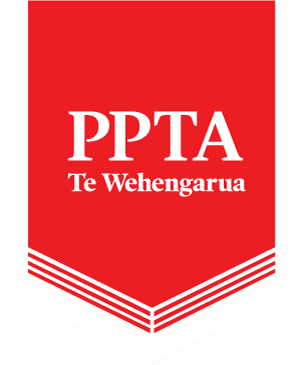Staffing Summit
Principals and senior leaders lay the groundwork for a new staffing model to ensure schools meet their needs more accurately.

The Secondary Principals Council of Aotearoa (SPC) hosted a Staffing Summit in July this year for secondary, area, and kura-a-iwi school principals and senior leaders.
The summit was called to consider current staffing needs in our schools and to lay the groundwork for the development of a needs-based, staffing model for the sector. The current mechanism for allocating staffing is almost universally considered to be inadequate both in overall quantum and in targeting staffing to the needs of schools.
Survey and case study findings
On the morning of the first day, the 60 or so attendees heard from the summit convenor and chairperson of SPC, Kate Gainsford, about the findings of an SPC survey on staffing adequacy in secondary schools and from Dr Judie Alison on the findings of case study work on the use of staffing across a representative sample of schools.
Kate explained that components of the staffing entitlement are irrational when considered through a needs-based lens and the level of staffing entitlement generally is inadequate. Schools across the country report being on average about 5 FTTE understaffed to meet current needs, compared to actual staffing entitlements. Schools are partially covering the gaps by employing an average of 2.18 FTTE from their own funds. Often these funds depended on the income from international students.
Dr Judie Alison’s findings emphasised the complexity of staffing in secondary school and composite schools and reinforced the understanding that the formula produces insufficient staffing for actual needs. The research highlighted the unmet needs particularly in pastoral care and management. Schools make a range of painful compromises including curriculum constraints, and fewer pastoral services. While trying to accommodate the heavier workloads some schools can employ additional staffing from local funds. Clearly this creates equity issues.
Impacts of class size
Summit attendees heard from a range of both international and national leaders and experts including Peter Blatchford, Emeritus Professor in Psychology and Education at the University College London (UCL) Institute of Education and his colleague Doctor Tony Russell, who have done extensive work on the impacts of class size. They shared their most recent findings. Their book, Rethinking Class Size, is available as a free download from UCL Press.
New Zealand presenters focussed on government expenditure on secondary education, the latest research from Deakin University on the health and wellbeing of secondary senior leaders In New Zealand and the Equity Index and how this may improve resourcing for equity in our schools.
Current staffing issues
Workshops looking at current issues linked to the changing demands of staffing used in schools included:
- Collaborative practices
- Blended and online learning
- Community and iwi engagement
- The impacts of streaming and non-streaming
- Changing hours of work
- Class size
- Operational funding
- Students with additional needs
- Impacts of current reviews
Most presentations and the report on the summit are available at The Staffing Summit | PPTA.
The summit was an opportunity for principals to workshop ideas on what a needs-based staffing model for secondary would consist of. Using the information collected and the feedback and research to date SPC has developed a model for a needs-based staffing formula to more accurately resource schools for their current staffing needs. There will be further engagement with the wider sector and the community on this model. Expect to hear more over the coming weeks.
Last modified on Wednesday, 17 May 2023 09:11
